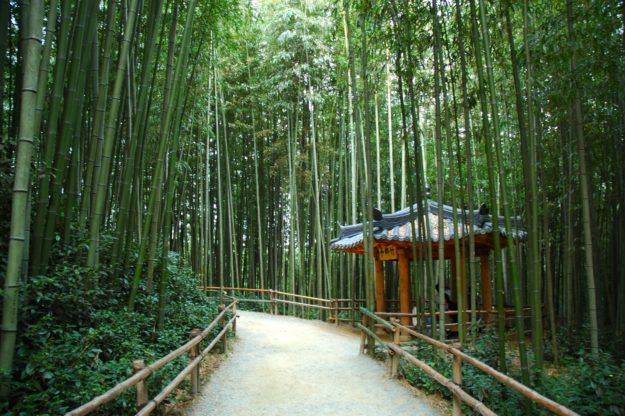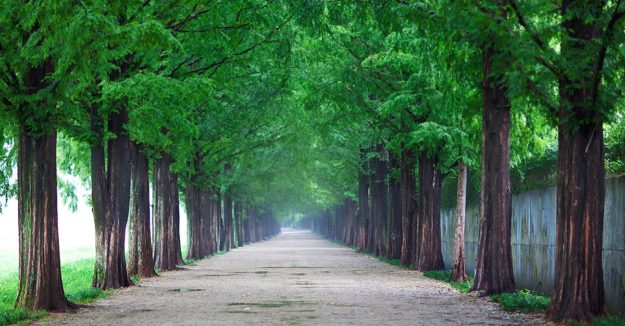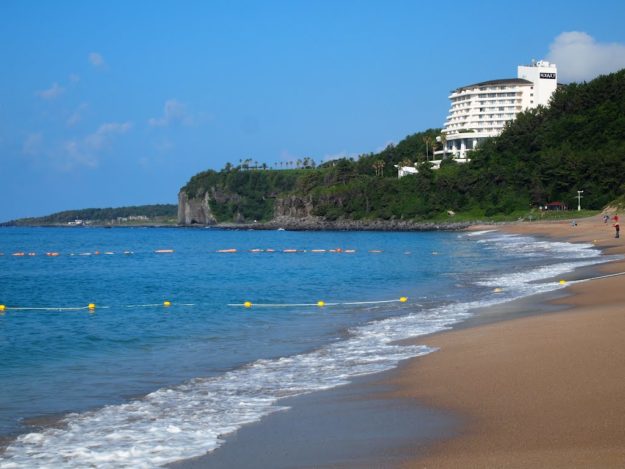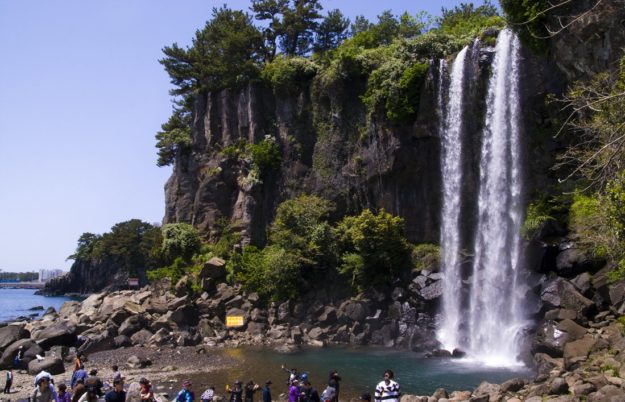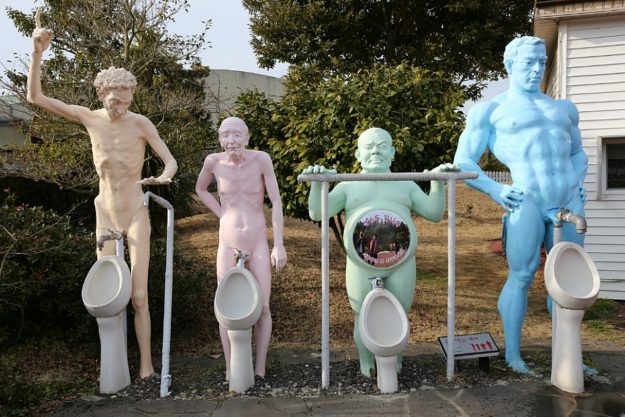O’Sulloc Green Tea Museum
The O’sulloc Museum, located on Jeju-do Island near Seogwangdawon, teaches visitors about Korea’s traditional tea culture. The “o” in “o’sulloc”, means to appreciate and enjoy, and it also stands for the ‘origin of sulloc’, ‘only sulloc’, and ‘of sulloc tea’. The museum first opened in September 2001 and is widely known in Korea. The entire…
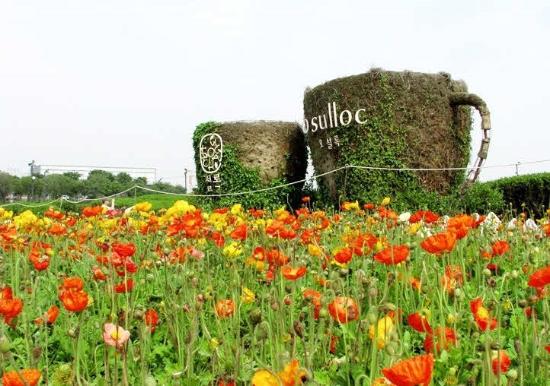
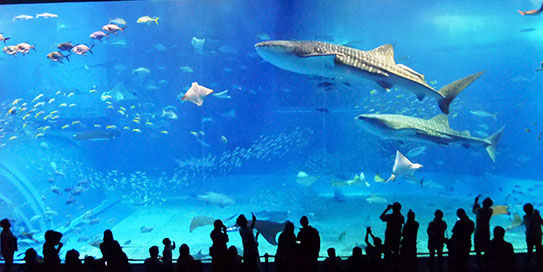
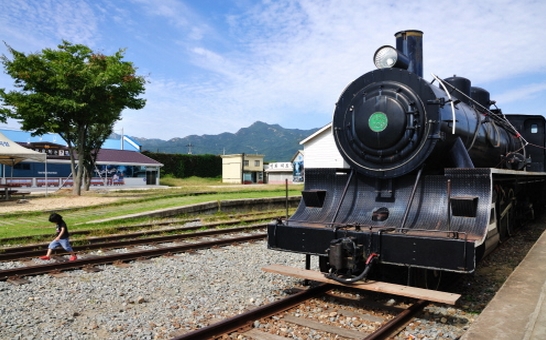
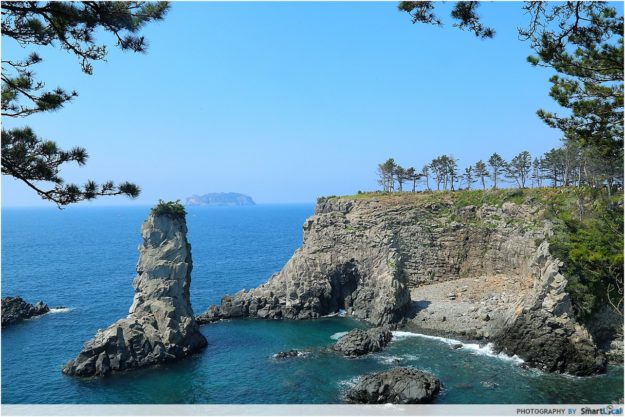

![inside of Manjanggul Cave [UNESCO]](https://thisiskoreatours.com/wp-content/uploads/2017/03/Manjanggul-Cave-625x417.jpg)
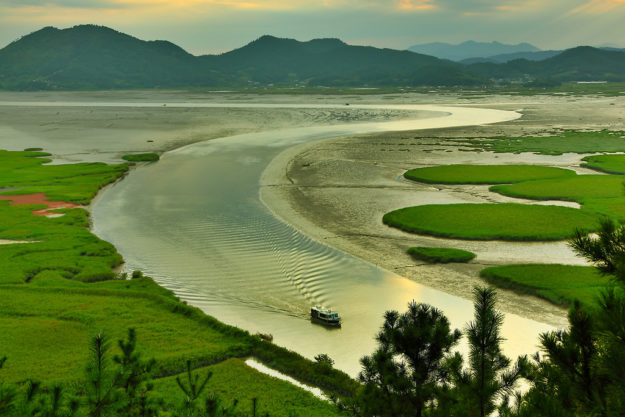

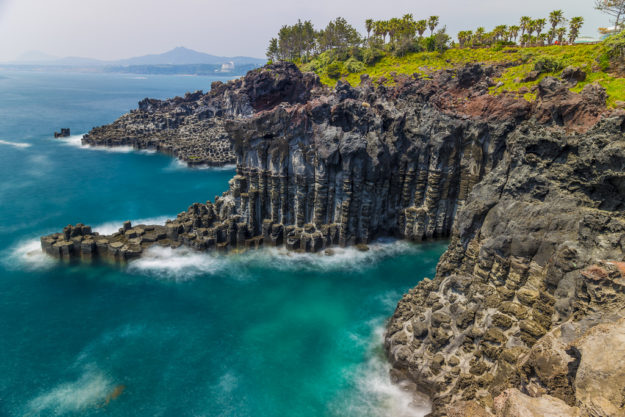
![Hwasun Dolmen Site [UNESCO]](https://thisiskoreatours.com/wp-content/uploads/2017/03/Hwasun-Dolmen-Site-625x415.jpg)
